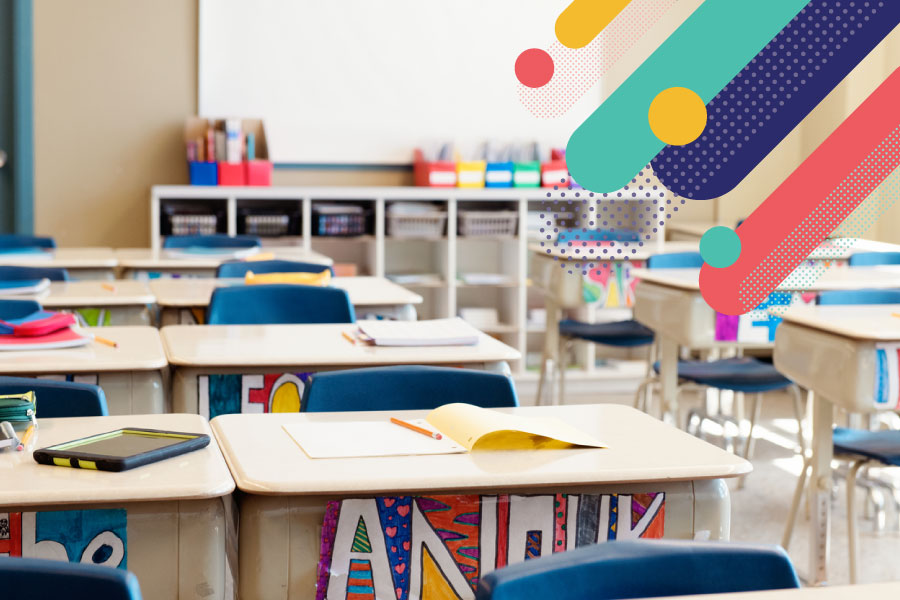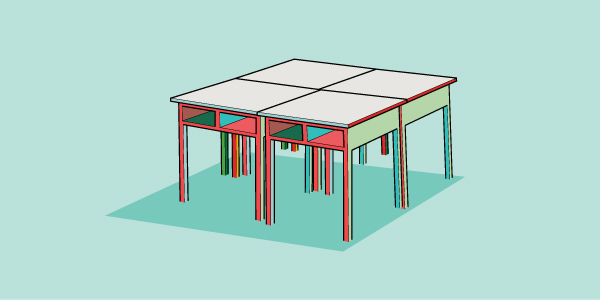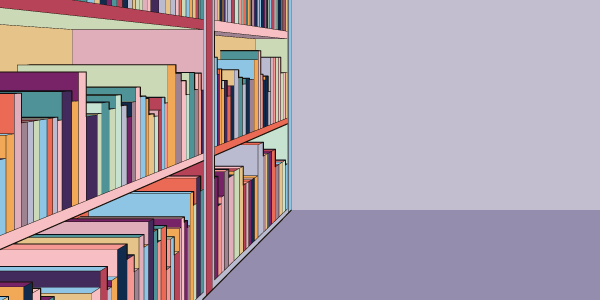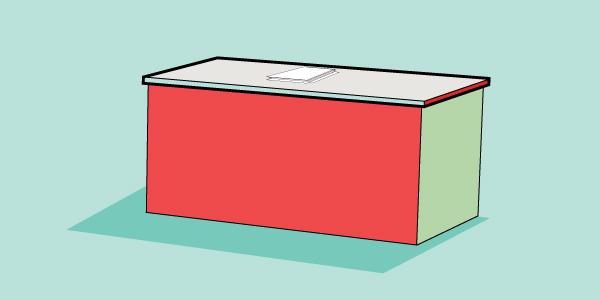Veteran teacher, Lisa, shares her ideas for how you can layout your classroom. For each layout she shares the pros and cons based on her own experience.

Stepping into your own classroom for the first time can be an incredibly daunting experience, but it doesn’t have to be. Look at your classroom as an empty canvas, ready for you to try out 50 different arrangements over the next ten years as you tweak and perfect all of your choices to your liking.
As a classroom teacher who has been teaching for five years now, every August when I reenter the room, I move everything. Last summer, I moved my entire library across the room. Looking at your classroom with fresh eyes after the summer is an amazing way to gain new insight and ideas, but if you are struggling to come up with a good layout, here are some ideas.
Student Desk Clusters

I am the biggest proponent of having desk groups rather than rows. Kids need the ability to converse with one another about math, reading, writing, and so on. It always works out best when there are an even number of students so that everybody has a desk partner, but desk groups still work with odd numbers. In a classroom of 24 kids, I have always created four groups of six chairs due to space (rather than having more groups with fewer kids in each group). The ideal number of kids at a desk group, in my opinion, is four. Four kids leads to multiple different partnership opportunities as well good group discussion potential.
Pros:
- Kids have the ability to talk in discussion groups and have easy access to a variety of partners.
Cons:
- It can be hard if you have an odd number because one kid does not have a desk partner.
- Having kids right next to one another can make test taking tricky.
Library

I still have not yet found the best configuration for my classroom library, but I do enjoy when the library takes up one particular space in the classroom rather than having bookshelves all over the place. I have heard pros and cons of both layouts-- one section of the room being the library versus the library is “everywhere,” and here they are:
Specific Section of the Room
Pros:
- The kids know that when asked to go to the classroom library to find a book, they will always be going to the same place.
- When the library is all in one place, it has a more homey feel (in my opinion).
- It feels like a special place in the classroom because it was worth designating as its own area.
Cons:
- Having a separate space library can sometimes make it feel like books are not as important, because they are relegated to one chunk of the classroom.
- Sometimes the library space can be small and it can be difficult for lots of kids to look for books at once.
“Everywhere” Library
Pros:
- Having a library of bookshelves all over the classroom lets kids know that books are important and all around us.
- It is much easier for kids to book shop when there is more space for them to walk around.
Cons:
- Can feel less organized and less homey and curated when bookshelves are all over the room.
Teacher Desk

For the first five years of teaching, my desk was smack in the middle of the room off to one side against the wall, facing the whiteboard, just like a student desk. I enjoyed this configuration because I felt like I was in the middle of the action, rather than hidden away in a corner or in the back of the room. This past June, I decided that for next year, I’d try out having my desk in the back corner because that works for so many teachers, and I am excited to see how the classroom feels with this change.
In the middle of the room
Pros:
- Easy to engage with all kids. Right in the middle of the action.
- Easy access for kids to come up to me needing help or to talk.
Cons:
- Cannot see the entire room.
- If you're working on something that the kids shouldn’t see (parent emails, report cards, etc.), it's very difficult to configure the computer so that kids coming up behind the desk won't see.
- Blocks some of the space that could be used for student desks, the library, side desks, round tables, and so on.
In the back corner
Pros:
- You can survey the entire classroom.
- Placing the desk out of the way means you're less likely to sit down and step away from the kids who need help.
- It's easy to do any work needed without kids seeing your computer screen.
Cons:
- You're away from the action.
- May make kids feel like you're far away emotionally. More likely to get messy since it's out of the way (and as someone who already has a messy desk even in the middle of the room, we will see…).
In the front
Pros:
- You can survey the entire classroom.
- Easy for kids to access.
Cons:
- It can feel authoritarian.
- Very traditional, reminds me of classrooms in the movies or classrooms in middle school and beyond.
Aside from kids' desks, the teacher desk, and the library, you should definitely have at least a couple of “side desks” for kids to work at if they need space, have a behavior plan, need a break, and so on. These side desks in my classroom are identical to the kids’ desks, but are located strategically around the classroom, totally alone. Also, my classroom has a round table for student work as well as a horseshoe table, which is an amazing table to facilitate small groups and easy discussion.
Obviously an elementary school classroom will also have a rug, which should be located in a space where all kids can fit on or near it and can all see the board! Designing the most efficient classroom looks different for everybody, and there is zero shame if it takes ten or twenty or even more years to perfect.
You may want to also consider incorporating flexible seating in your room. When we provide students with opportunities for choice in terms of where they sit and in what kind of seat, we can help them learn the conditions that they learn best in.
As you set-up your classroom, don't forget to ask yourself, does this bring me joy? This question helps you minimize clutter and design a classroom that you feel happy to teach in every day.
What are your favorite classroom layouts? Share with us on Instagram, Facebook, Twitter, and Pinterest.
Lisa Koplik is a fourth-grade teacher at the Greenwood School in Wakefield, Massachusetts. She loves teaching math, reading intense read-aloud books that promote complaints when she has to stop reading, and figuring out educational games to play with her students. Check out her video series on classroom management.










